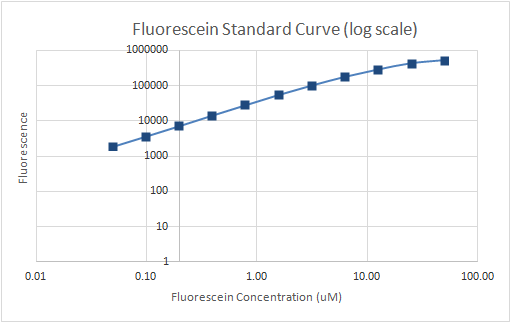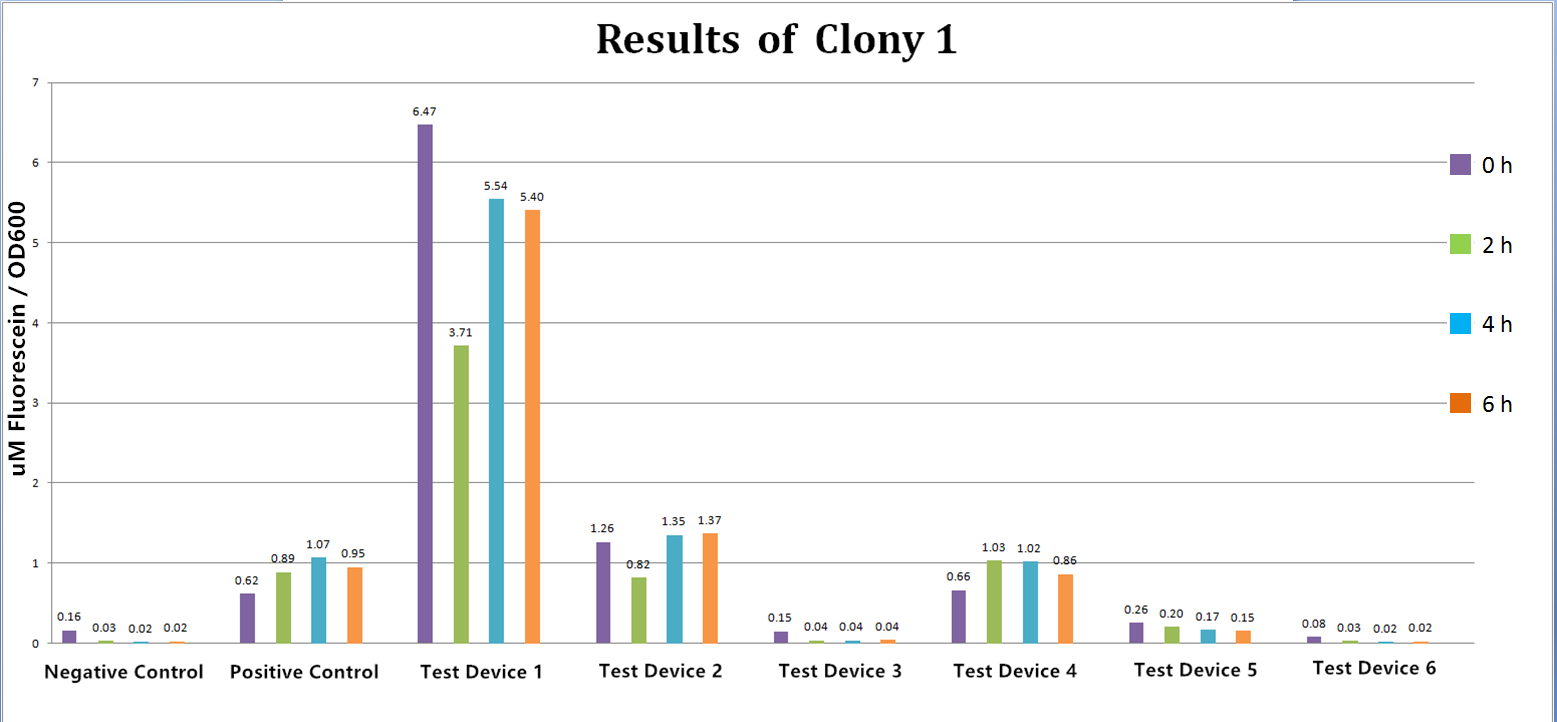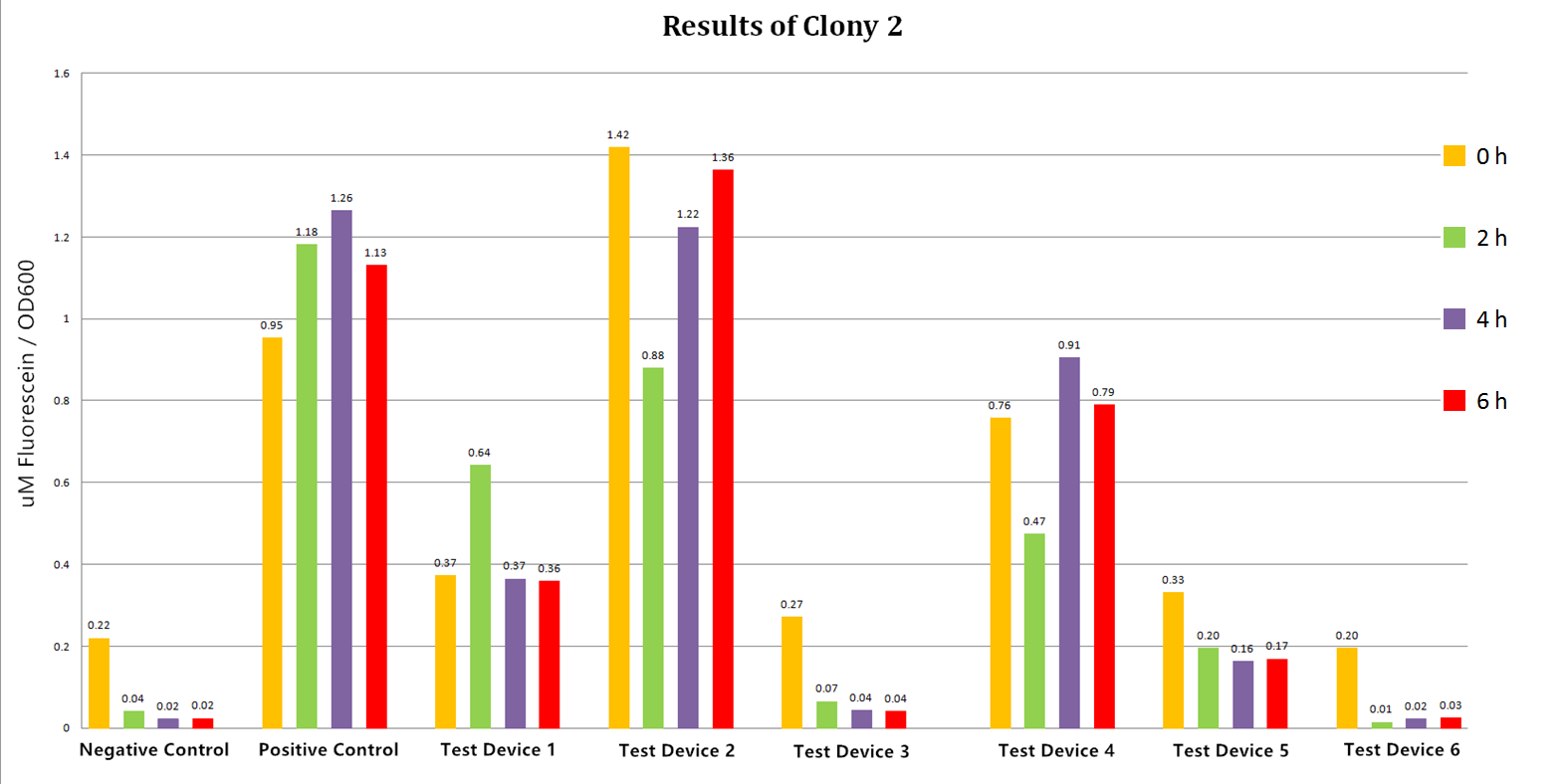| (12 intermediate revisions by 4 users not shown) | |||
| Line 1: | Line 1: | ||
{{:Team:SUSTech_Shenzhen/removeStyles}} | {{:Team:SUSTech_Shenzhen/removeStyles}} | ||
| − | {{:Team:SUSTech_Shenzhen/nav | + | {{:Team:SUSTech_Shenzhen/nav}}<!--------子页面导航栏------------------------------------> |
{{:Team:SUSTech_Shenzhen/themeCss}}<!--------整体布局,勿动-------------------------------> | {{:Team:SUSTech_Shenzhen/themeCss}}<!--------整体布局,勿动-------------------------------> | ||
| − | |||
| − | + | {{:Team:SUSTech_Shenzhen/templates/page-header-part|url= | |
| − | + | ||
| − | + | ||
| − | {{:Team: | + | |
|size=70px|title=Interlab|subtitle=Contribution}}<!--------icon在page-header的utl参数里设置,参数size是其大小-------------> | |size=70px|title=Interlab|subtitle=Contribution}}<!--------icon在page-header的utl参数里设置,参数size是其大小-------------> | ||
{{:Team:SUSTech_Shenzhen/main-content-begin}}<!---------内容的样式----------------> | {{:Team:SUSTech_Shenzhen/main-content-begin}}<!---------内容的样式----------------> | ||
| Line 16: | Line 12: | ||
==Description== | ==Description== | ||
| − | Reliable and repeatable measurement is a key component to all engineering disciplines including synthetic biology. However, | + | Reliable and repeatable measurement is a key component to all engineering disciplines including synthetic biology. However, repeatable measurements are difficult to achieve in different laboratories. This year the aim of interlab study is to make the measurement tools more available since the fluorescence data usually cannot be compared due to the reason that they are reported in different units and different scientists process data in different ways. The InterLab protocol aims to address these issues by providing researchers with a detailed protocol and data analysis form, which yields absolute units to measure GFP in a plate reader. |
| − | + | ||
==Material&Methods== | ==Material&Methods== | ||
| − | <html><a | + | <html><a class="btn btn-default" href="https://static.igem.org/mediawiki/2017/d/df/T--SUSTech_Shenzhen--InterLab-Protocal.pdf"><i class="ion-arrow-right-c"></i>Protocol link</a></html> |
| + | ==Results== | ||
| + | {{SUSTech_Image_Center_8 | filename=T--SUSTech_Shenzhen--InterLab-1.1.png|width=600px|caption=<B>Fig.1-1 Fluorescein Standard Curve | ||
| + | </B>}} | ||
| + | {{SUSTech_Image_Center_8 | filename=T--SUSTech_Shenzhen--InterLab-1.2.png|width=600px|caption=<B>Fig.1-2 Fluorescein Standard Curve (log scale) </B>}} | ||
| + | {{SUSTech_Image_Center_8 | filename=T--SUSTech_Shenzhen--InterLab-2.1.png|width=600px|caption=<B>Fig.2-1 The ratio of uM Fluorescein/OD600, which convert the Fluorescence intensity of each test device or control group(Colony 1) to the number of Fluorescein. | ||
| + | </B>}} | ||
| + | {{SUSTech_Image_Center_8 | filename=T--SUSTech_Shenzhen--InterLab-2.2.png|width=600px|caption=<B>Fig.2-2 The ratio of uM Fluorescein/OD600, which convert the Fluorescence intensity of each test device or control group(Colony 2) to the number of Fluorescein. | ||
| + | </B>}} | ||
| + | |||
| + | ==Conclusion== | ||
| + | |||
| + | It can be seen that for some devices have obvious errors which indicating a lot of variation in the results. In general, the ratio decreased over time for all samples. | ||
| + | |||
| + | During the experiment ,the result is better when culture the cell in amber falcon tube than that in the normal tube covered with foil. | ||
| + | |||
| + | The standard curve is not very linear, some data made the curve a little crooked. | ||
| + | |||
| + | The plasmid test device 1 had the problem to transformation and is difficult to culture the E.coli contained it. We have sequenced all the plasmids and compared with the map on the item official web site , then we found out that the sequence of the bacteria are not all correct. So we do a series selection to picked the right one out. However, the colony device 1 with correct sequence may have much more expression the result is not very idea, as well. | ||
= References = | = References = | ||
<references /> | <references /> | ||
| + | |||
{{:Team:SUSTech_Shenzhen/main-content-end}}<!---------内容的样式-----------------> | {{:Team:SUSTech_Shenzhen/main-content-end}}<!---------内容的样式-----------------> | ||
{{:Team:SUSTech_Shenzhen/wiki-footer}} | {{:Team:SUSTech_Shenzhen/wiki-footer}} | ||
{{:Team:SUSTech_Shenzhen/themeJs}}<!--------布局居中-------------> | {{:Team:SUSTech_Shenzhen/themeJs}}<!--------布局居中-------------> | ||
Latest revision as of 15:11, 14 December 2017
Interlab
Contribution
Contents
Interlab Study
Description
Reliable and repeatable measurement is a key component to all engineering disciplines including synthetic biology. However, repeatable measurements are difficult to achieve in different laboratories. This year the aim of interlab study is to make the measurement tools more available since the fluorescence data usually cannot be compared due to the reason that they are reported in different units and different scientists process data in different ways. The InterLab protocol aims to address these issues by providing researchers with a detailed protocol and data analysis form, which yields absolute units to measure GFP in a plate reader.
Material&Methods
Results
Conclusion
It can be seen that for some devices have obvious errors which indicating a lot of variation in the results. In general, the ratio decreased over time for all samples.
During the experiment ,the result is better when culture the cell in amber falcon tube than that in the normal tube covered with foil.
The standard curve is not very linear, some data made the curve a little crooked.
The plasmid test device 1 had the problem to transformation and is difficult to culture the E.coli contained it. We have sequenced all the plasmids and compared with the map on the item official web site , then we found out that the sequence of the bacteria are not all correct. So we do a series selection to picked the right one out. However, the colony device 1 with correct sequence may have much more expression the result is not very idea, as well.
References





